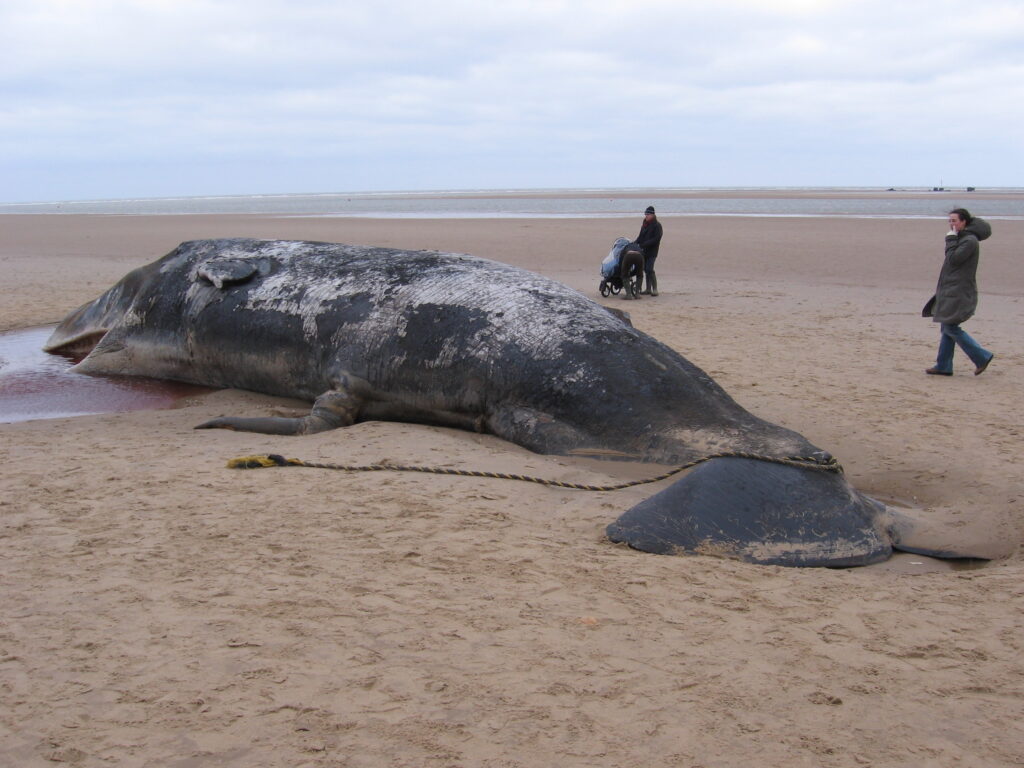About 2,000 dolphins and whales beach themselves each year, mostly resulting in death. But there is a lot you can do to help save them if you are a mariner.
Locations and causes of beaching
Whale beachings happen year-round, almost anywhere, and sometimes they can be very dramatic. Just a few weeks ago, on Cheynes Beach in southern Western Australia, 100 pilot whales formed into a heart-shaped pod and pushed themselves onto the beach. Some of the 25-foot-long whales were saved, but most had to be euthanized.
This strange phenomenon is also called cetacean stranding. Scientists have records of it dating back to 300 B.C. Sometimes individual animal beaching and death can be explained due to sickness, injury, weather, pregnancy, old age or hunting too close to shore.
However, when a pod beaches, scientists point to other reasons:
- Social groups. Dolphins and whales tend to live in large communities with intricate social systems we don’t fully understand. If one is in distress, the others sometimes follow.
- Technology. The oceans are filled with sonar and other man-made noises that can disrupt the natural navigation of whales, confuse them and make them head for the beach instead of the deeper water.
- Species characteristics. Cuvier’s beaked whales are most susceptible to sonar confusion. Orcas are smart enough to purposely beach themselves in hopes of snagging a shoreline seal and then using the incoming tide to ease back into the water. But it doesn’t always work out.
Step 1: Find the whales before they’ve beached
To help save whales before they beach, the first step is to locate them and observe them. We’ve created a list (see next paragraph) of the most common whale sighting areas in the U.S. and the corresponding ocean charts. If boating in the areas, keep an eye out for whales.
Continue reading at oceangrafixblog.wordpress.com.

